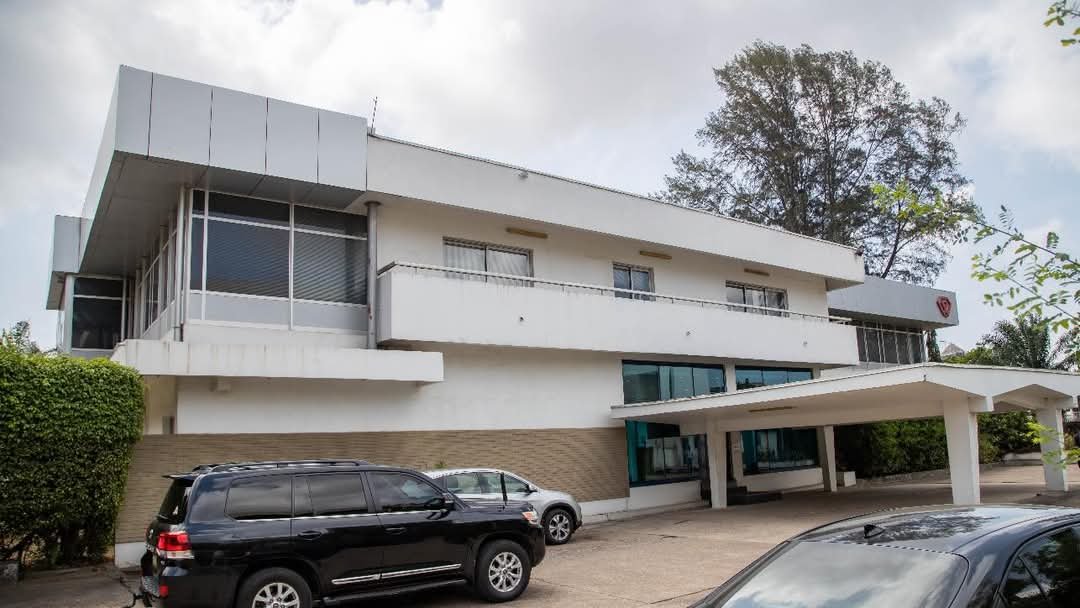Google’s Android phones on Tuesday started detecting earthquakes around the world to provide data that could eventually give billions of users precious seconds of warning of a tremor nearby, with an alerting feature first rolling out in California.
Japan, Mexico and California already use land-based sensors to generate warnings, aiming to cut injuries and property damage by giving people further away from the epicentre of an earthquake second to protect themselves before the shaking starts.
If Google’s approaches for detecting and alerting prove effective, warnings would reach more people, including for the first time Indonesia and other developing countries with few traditional sensors.
Check This Out: Church of Jesus Christ of Latter-Day Saints cleans-up GBC
Seismology experts consulted by Google said turning smartphones into mini-seismographs marked a major advancement, despite the inevitably of erroneous alerts from a work in progress, and the reliance on a private company’s algorithms for public safety. More than 2.5 billion devices, including some tablets, run Google’s Android operating system.
“We are on a path to delivering earthquake alerts wherever there are smartphones,” said Richard Allen, director of University of California Berkeley’s seismological lab and visiting faculty at Google over the last year.
Google’s program emerged from a week-long session 4-1/2 years ago to test whether the accelerometers in phones could detect car crashes, earthquakes and tornadoes, said principal software engineer Marc Stogaitis.
Accelerometers – sensors that measure direction and force of motion – are mainly used to determine whether a user is holding a phone in landscape or portrait mode.
The company studied historical accelerometer readings during earthquakes and found they could give some users up to a minute of notice.




















